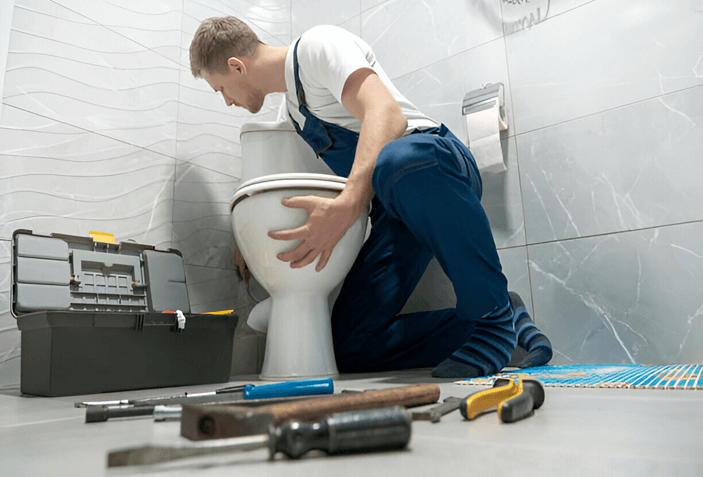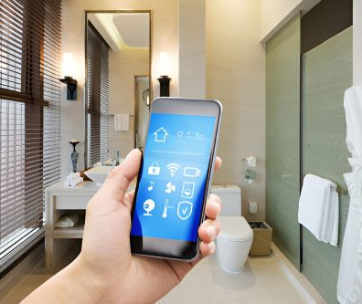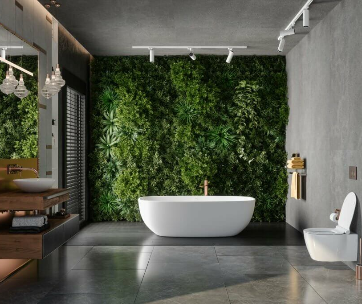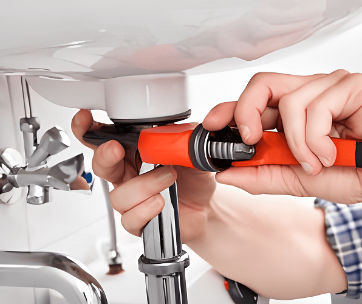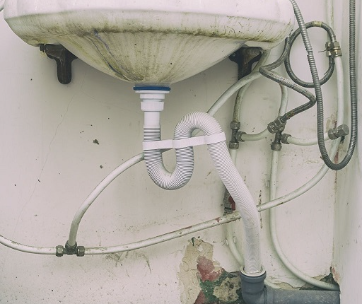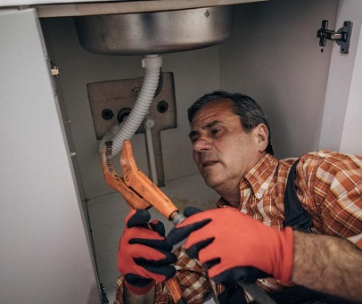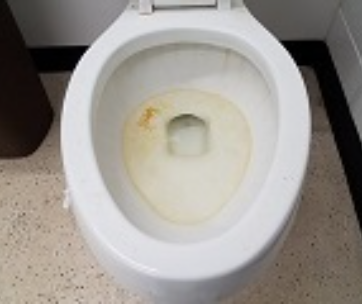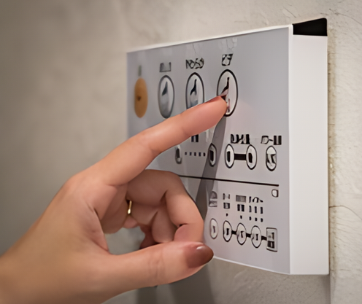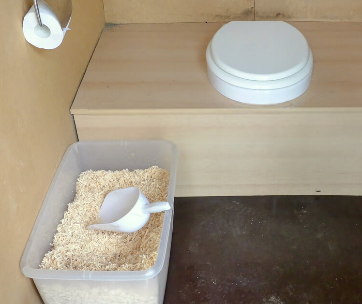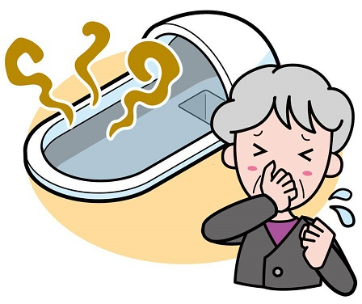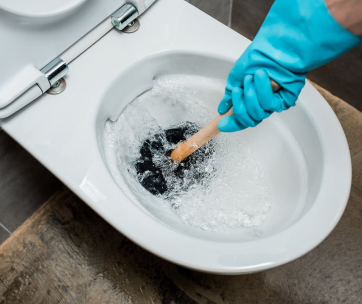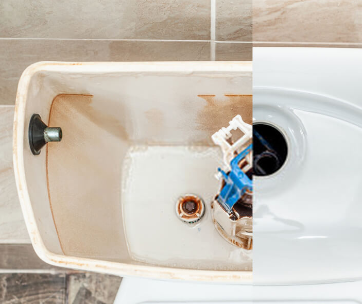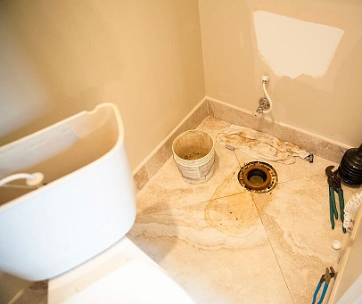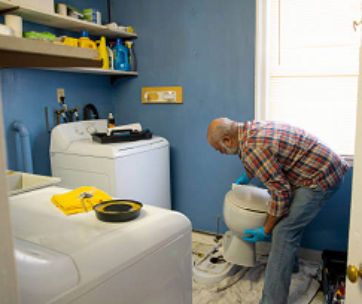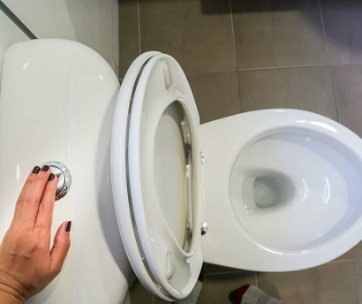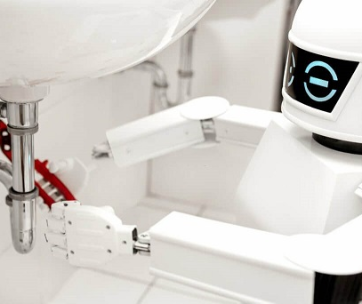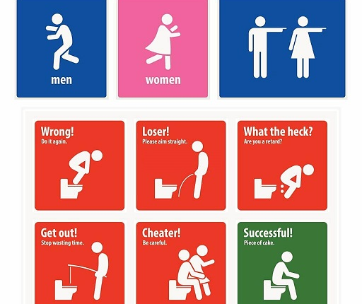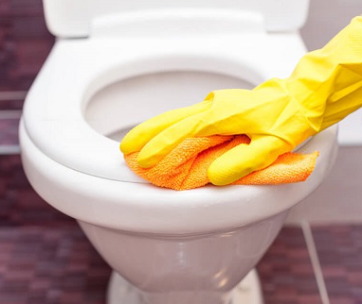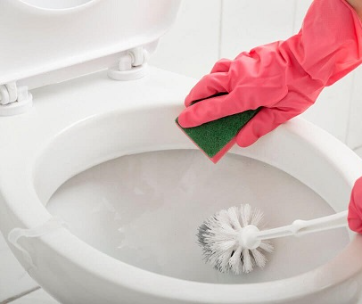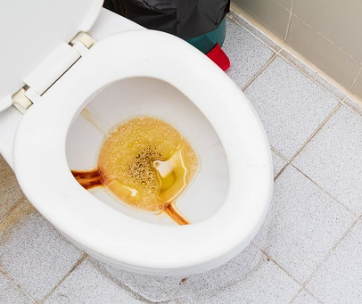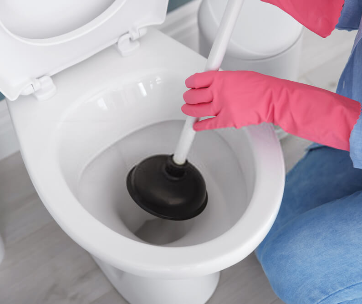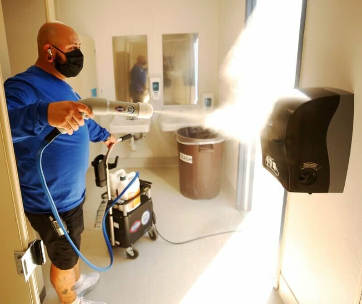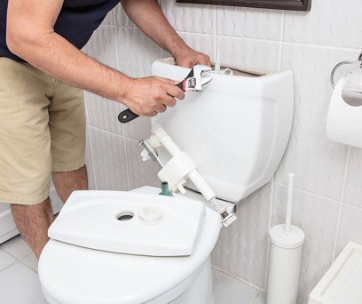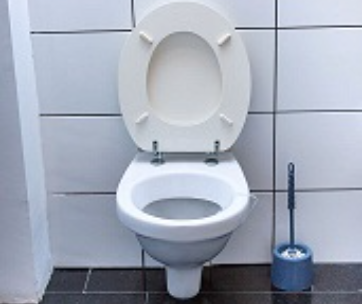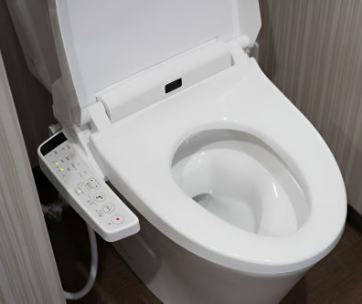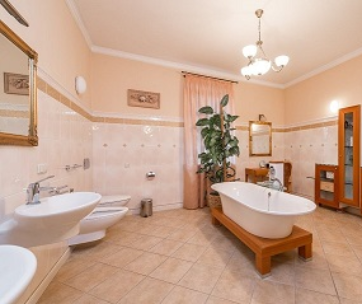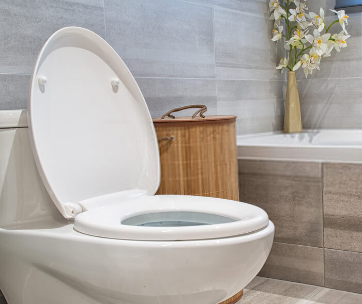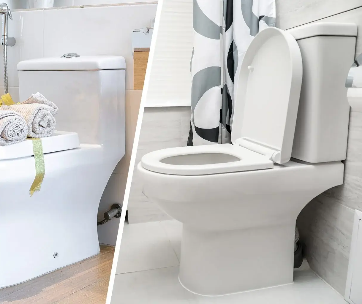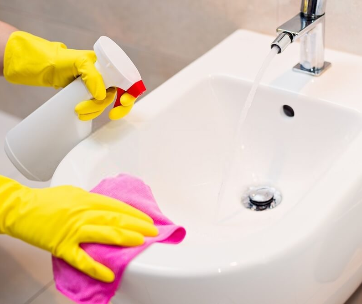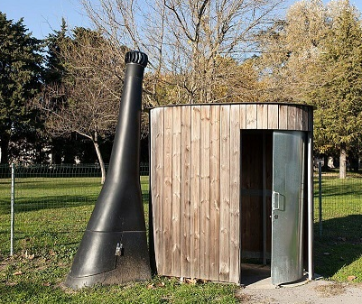Challenges in the Smart Toilet Market
Introduction
Despite the encouraging growth trends, the smart toilet market encounters a range of significant adversities that could hinder its broader acceptance and integration into everyday life. These obstacles, which include consumer awareness, technology adoption, and pricing issues, pose potential barriers that may affect its ability to gain a firm foothold in the market.
1. High Initial Costs
One of the primary barriers to the widespread adoption of smart toilets is their high cost, which is often significantly greater than that of traditional toilet models. Advanced features that are commonly found in smart toilets, such as self-cleaning mechanisms, integrated bidet functions, customizable water pressure and temperature settings, and artificial intelligence capabilities for user personalization, contribute to their elevated price point.
As a result, these technologically enhanced options are frequently out of reach for budget-conscious consumers, limiting their accessibility in the market. This financial hurdle not only affects individual buyers but also slows the overall growth of the smart toilet industry.
2. Installation and Maintenance Complexity
In contrast to traditional toilets, smart toilets necessitate not only professional installation but also regular maintenance to ensure optimal functionality. The intricacies involved include necessary software updates to maintain system efficiency and to introduce new features, as well as the calibration of sensors that detect user presence and optimize performance.
Additionally, these toilets often rely on a stable power supply, which can complicate installation if electrical modifications are required. Such factors contribute to a perceived complexity that can make some consumers hesitant to embrace this advanced technology.
3. Consumer Awareness and Education
Many potential buyers remain unaware of the numerous benefits that smart toilets offer, resulting in slower adoption rates within the market. It is essential to educate consumers about the various advantages of these advanced bathroom fixtures, including enhanced hygiene, improved comfort, and user-friendly features such as adjustable bidets and heated seats.
Highlighting the long-term cost savings these toilets can provide such as reduced water consumption and lower utility bills can significantly influence purchasing decisions. Furthermore, emphasizing the positive environmental impact of smart toilets, including their ability to minimize water waste, contributes to the argument for market expansion. By providing comprehensive information that addresses both practical benefits and eco-friendly aspects, we can encourage broader acceptance and integration of smart toilets in households.
Future Prospects of Smart Toilets Market
The future of the smart toilet industry appears incredibly promising, teeming with potential as continuous advancements are poised to propel further innovation. Key areas earmarked for development encompass a wide range of groundbreaking features and technologies, including enhanced user comfort, improved sanitation methods, and sophisticated connectivity options that integrate seamlessly with modern smart home systems.
As we look ahead, the evolution of smart toilets is set to revolutionize personal hygiene and elevate the overall bathroom experience to unprecedented heights.
1. Enhanced AI and Health Monitoring Capabilities
As artificial intelligence technology continues to advance, smart toilets are primed to become increasingly sophisticated, incorporating an array of innovative health-tracking features. Future models could seamlessly integrate with wearable health devices such as smartwatches and fitness trackers, allowing for a comprehensive analysis of an individual's health metrics. These toilets may utilize sensors to monitor various parameters, including hydration levels, hydration patterns, and even metabolic markers, providing users with real-time health insights directly on their smartphones or through a smart home ecosystem.
By analyzing this data, smart toilets could potentially play a critical role in early disease detection, identifying irregularities that might indicate health issues such as diabetes, kidney disease, or urinary tract infections. Furthermore, the ability to share this data with healthcare providers in a secure manner could lead to more personalized and timely medical interventions, ultimately contributing to improved health outcomes. As these technologies converge, the future of smart toilets promises to not only enhance convenience and comfort but also empower users to take proactive control of their health.
2. Wider Market Penetration and Affordability
As competition in the smart toilet market intensifies and technological innovations continue to evolve, experts anticipate a notable decline in smart toilet prices over the coming years. This trend will likely broaden accessibility, enabling a wider demographic of consumers to consider these advanced toilet fixtures. In response to shifting market demands, manufacturers are expected to roll out a variety of budget-friendly models that incorporate essential smart toilet features without sacrificing quality.
These new models aim to attract mid-range buyers who seek the benefits of smart toilet technology, such as automatic flushing, heated seats, and integrated bidet functions, but at a more affordable price point. Ultimately, this evolution in product offerings could revolutionize the way consumers perceive and invest in bathroom solutions, transforming traditional toilet use into a more sophisticated and hygienic experience.
3. Integration with Sustainable Solutions
Future smart toilets are expected to feature advanced eco-friendly innovations, including sophisticated greywater recycling systems that can treat and reuse wastewater from sinks and showers for flushing. Additionally, these toilets will employ AI-driven algorithms to analyze user behavior and optimize water usage, ensuring minimal waste. Such developments not only address pressing water conservation challenges but also align with global sustainability initiatives aimed at reducing resource consumption and environmental impact.
By integrating sensors that monitor water levels and quality, smart toilets will contribute to smarter water management systems, ultimately promoting a more sustainable approach to sanitation in our increasingly resource-constrained world.
4. Enhanced User Experience
Future designs will focus on elevating user experience, incorporating features such as aromatherapy, music integration, and personalized ambient lighting. These enhancements will cater to consumers seeking smart toilets that are not only hygienic and convenient but also relaxation and well-being.
With these advancements, smart toilets are set to become a mainstream fixture in modern households and commercial spaces, offering a perfect blend of technology, sustainability, and comfort.
Conclusion
While the smart toilet industry is experiencing significant growth, overcoming its challenges is essential for widespread adoption. Manufacturers must work towards making these fixtures more affordable by developing cost-effective models with essential smart features. Simplifying installation and maintenance will also help attract a broader audience, reducing consumer hesitancy.
Increased awareness campaigns and targeted marketing strategies can bridge the knowledge gap, educating consumers on the long-term benefits of investing in smart toilets. With continued advancements and strategic market expansion, the smart toilet industry is poised for sustained growth, redefining the future of bathroom technology

